The more I learn about dog behavior and training, the more I have to re-examine everything I thought I knew about my rescued AmStaff Kono.
When I first got him, we used positive reinforcement only. Treat, sit. Treat, down. Treat, crate. It was a very plug and play model. And then I started learning about animal behavior through books, podcasts, videos, and paid online courses, and I realized that there is no right way to train your dog. It all depends on the dog in front of you and what they find rewarding or not.
What we think is reinforcing (increases the likelihood of a behavior) may actually be punishing (decreases the likelihood of a behavior) and vice versa.
The Four Quadrants of Operant Conditioning
When talking about operant conditioning in dog training, we often talk about a stimulus falling into one of four quadrants:
Positive Reinforcement: A stimulus is added (“positive” in this context means to add something, such as a treat) in order to increase the frequency or likelihood of a behavior (“reinforcement”).
Positive Punishment: A stimulus is added (“positive”) in order to decrease the frequency or likelihood of a behavior (“punishment” - which in this context purely means the behavior is decreased).
Negative Reinforcement: A stimulus is removed (“negative” means to remove something) to increase the frequency or likelihood of a behavior (“reinforcement”).
Negative Punishment: A stimulus is removed (“negative”) to decrease the frequency or likelihood of a behavior (“punishment”).
Give a Dog a Cookie
I was re-listening to one of my favorite dog trainers Jay Jack's podcast GRC Dog Talk episode, titled "Jargon, Semantics, And Some Ranting." I love how simply he explains things—when we give a dog a cookie/treat, we often think of it as positive reinforcement.
But if the dog is feeling sick or is allergic to the cookie, it can actually become positive punishment and they may be less likely to perform the cue we want them to.
"Your dog’s reaction to it defines what quadrant it was, not what your intention was." - Jay Jack
In this cookie example, it may not be as simple as "I gave my dog a cookie. They didn't like it. Therefore, they don't like cookies." (assuming these are dog-friendly biscuits, and probably not high-value Kono's Kitchen treats). Maybe your dog doesn't like them. Or maybe, because they were feeling sick, they just don't like them in that moment. It's always worth trying something more than once, as long as they're not allergic to them. Maybe the environment was too distracting and the cookie wasn't motivating enough.
Something I see a lot at my pop-up events are dogs who won't take my treat samples in the moment because they're overstimulated and stressed, but will gobble them up as soon as they go home. I don't take it personally, because it's common for dogs who are stressed in public places to not take food.
As another example, we're often taught as new dog owners to give our dogs Kongs filled with peanut butter to get them into their crates. But if your dog hates peanut butter (though I have to meet such a dog), that could act as an aversive that makes it less enticing to go into their crates.
Finding Your Dog's Reinforcer
Treats are not the only thing that can be reinforcing to a dog when you're training them. Some dogs aren't food-motivated, and that doesn't mean they can't be trained. That just means you have to find what IS reinforcing to them.
It could be verbal praise, physical affection (a pat on the head), their favorite tug toy, etc. Even the environment can be used as a reinforcer!
When Kono and I train in some parking lots, there are often patches of grass. We'll work on a heel close to the grass, and when he's in a good heel position, I say "Break" and release him to stick his nose deep in the grass and explore all the smells. That's something that he wants to do, so I use it as a reward.
What is your dog most motivated by in any particular moment? How can you then use that as a reward during training?
The quadrants are not so black and white because we have to take into account the dog in front of us, as well as their emotional and physical state at any given time. There is SO MUCH NUANCE in dog training, and for that reason alone, I think it’s important to keep an open mind and try different things to see what works for your dog!
Want more stories like this delivered straight to your inbox?
Sign up for Kono's Pack below for the newest The Bork Magazine articles.
Follow us on Instagram @itskonoskitchen.

